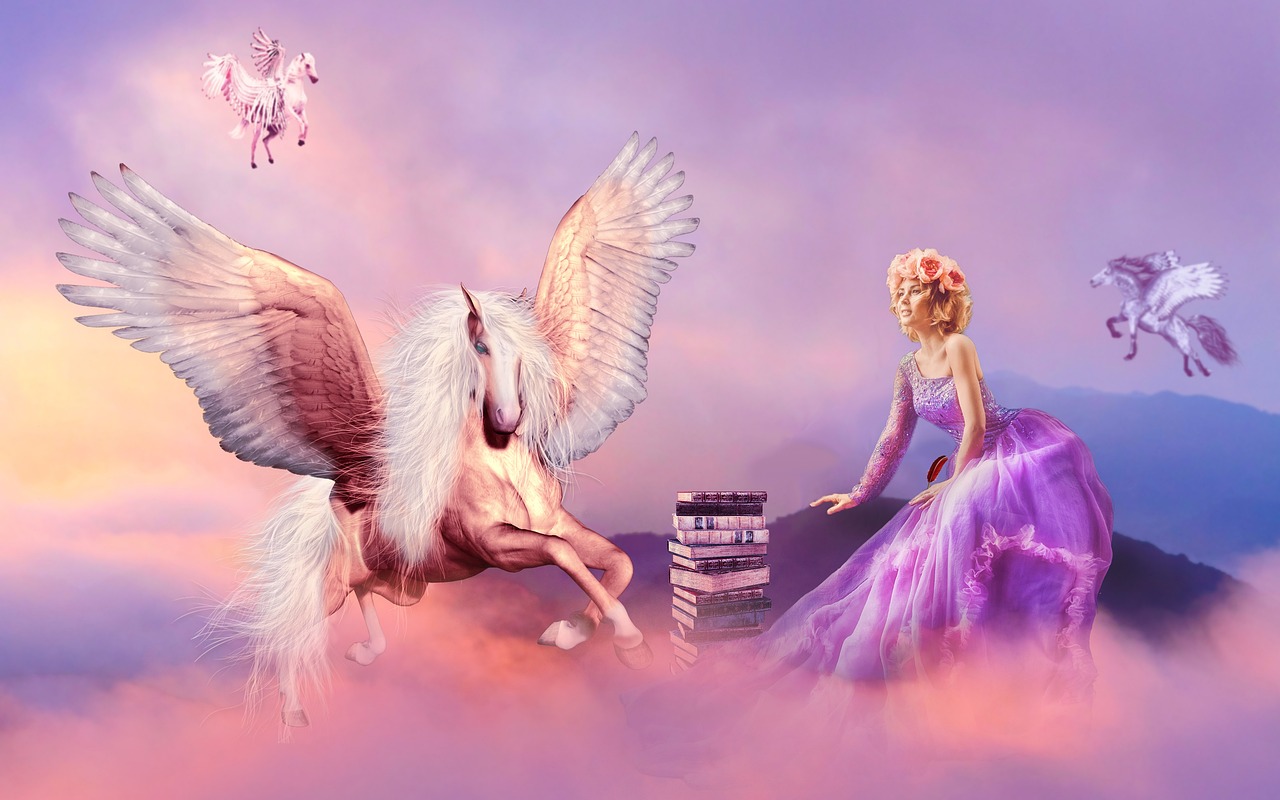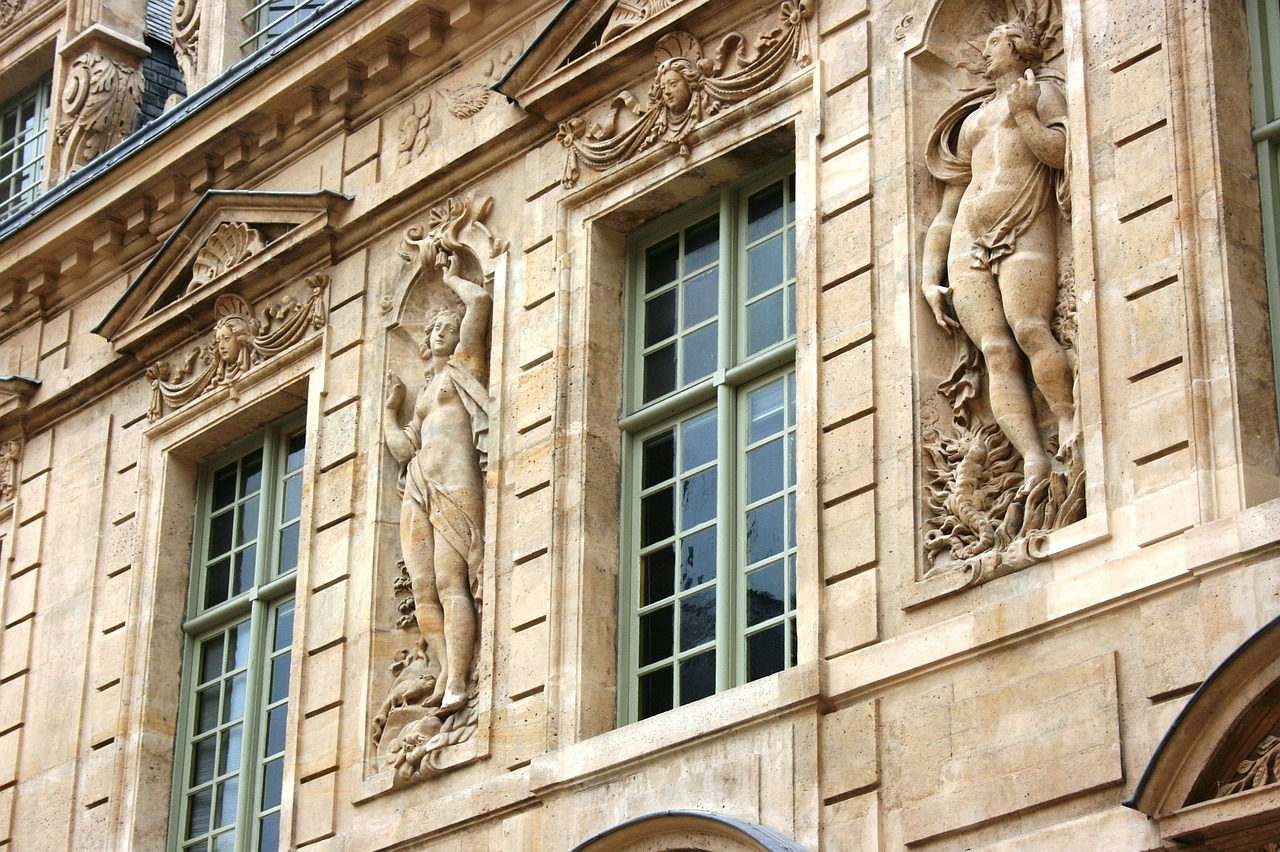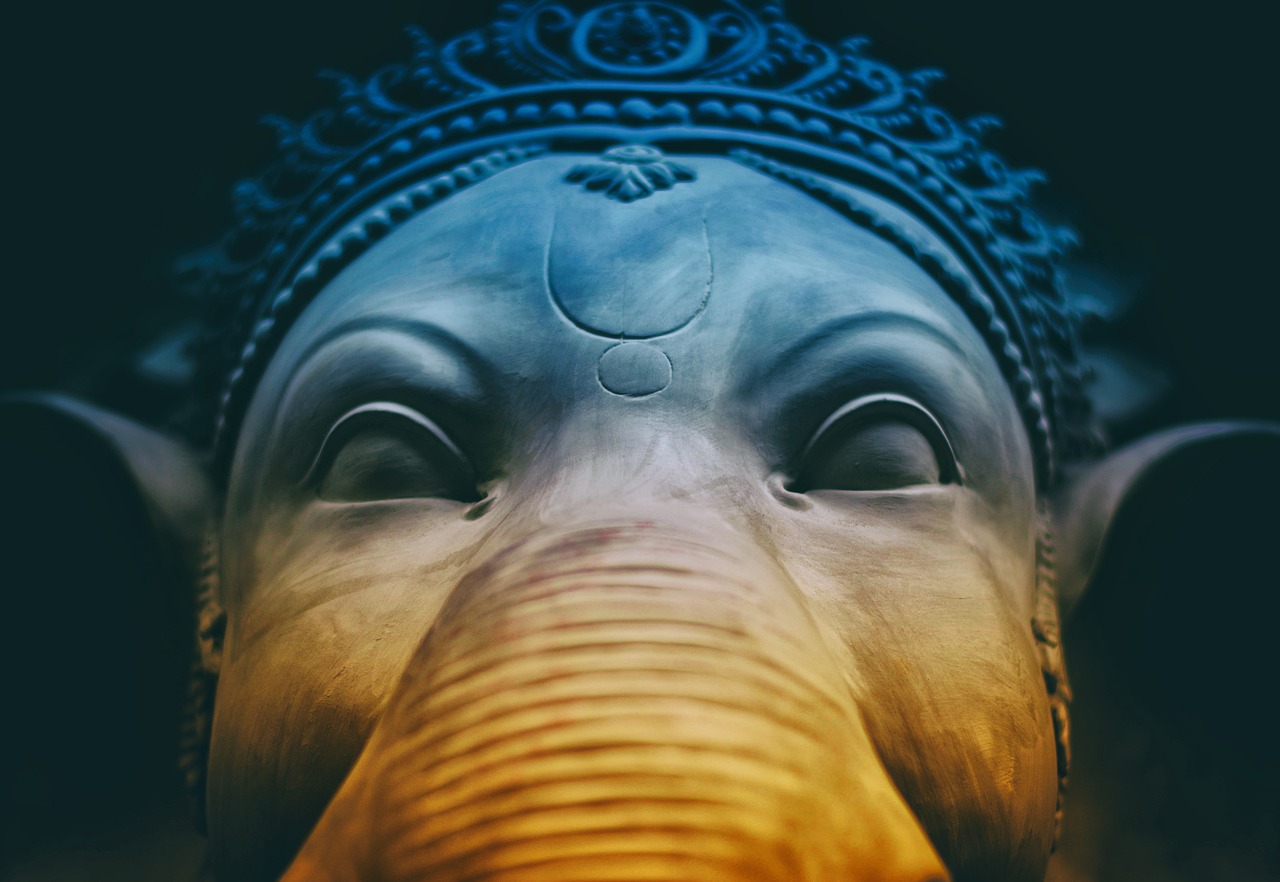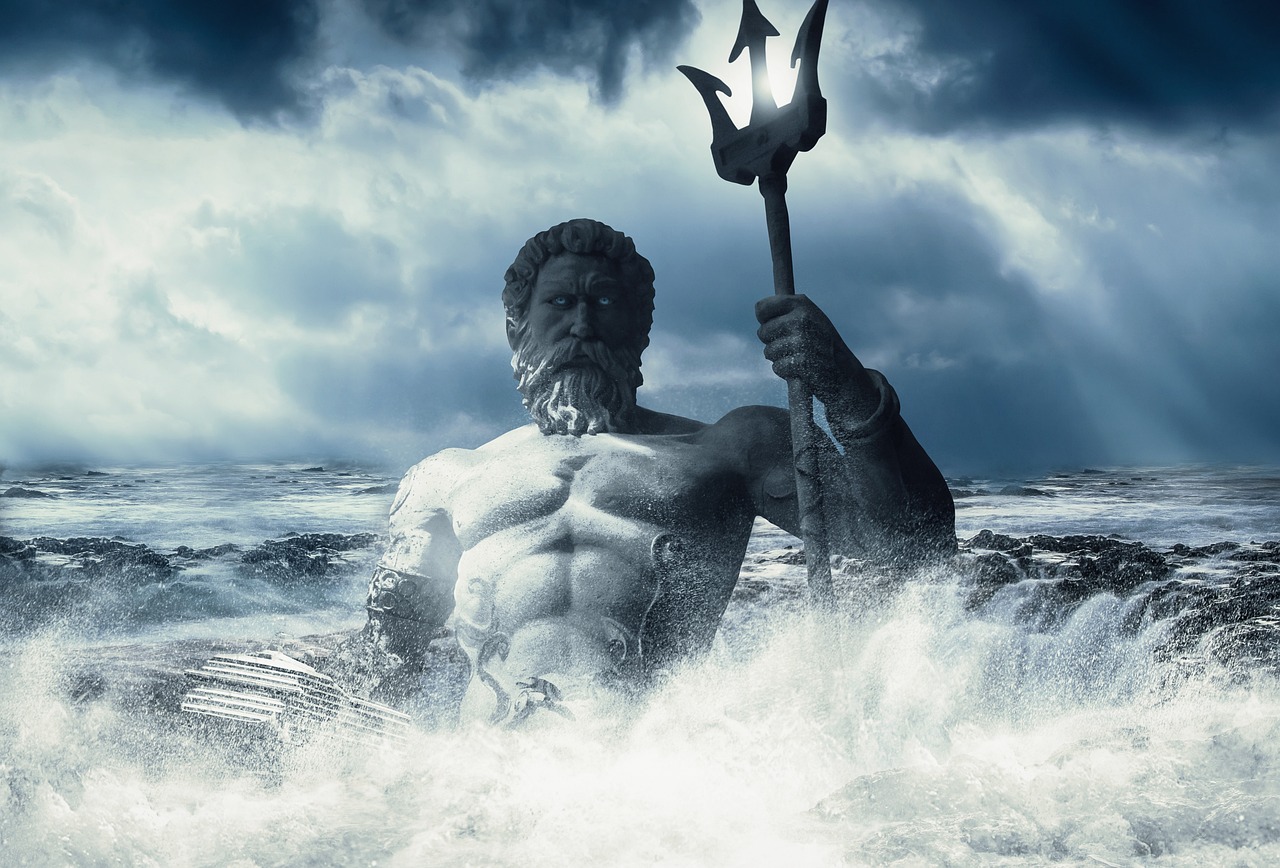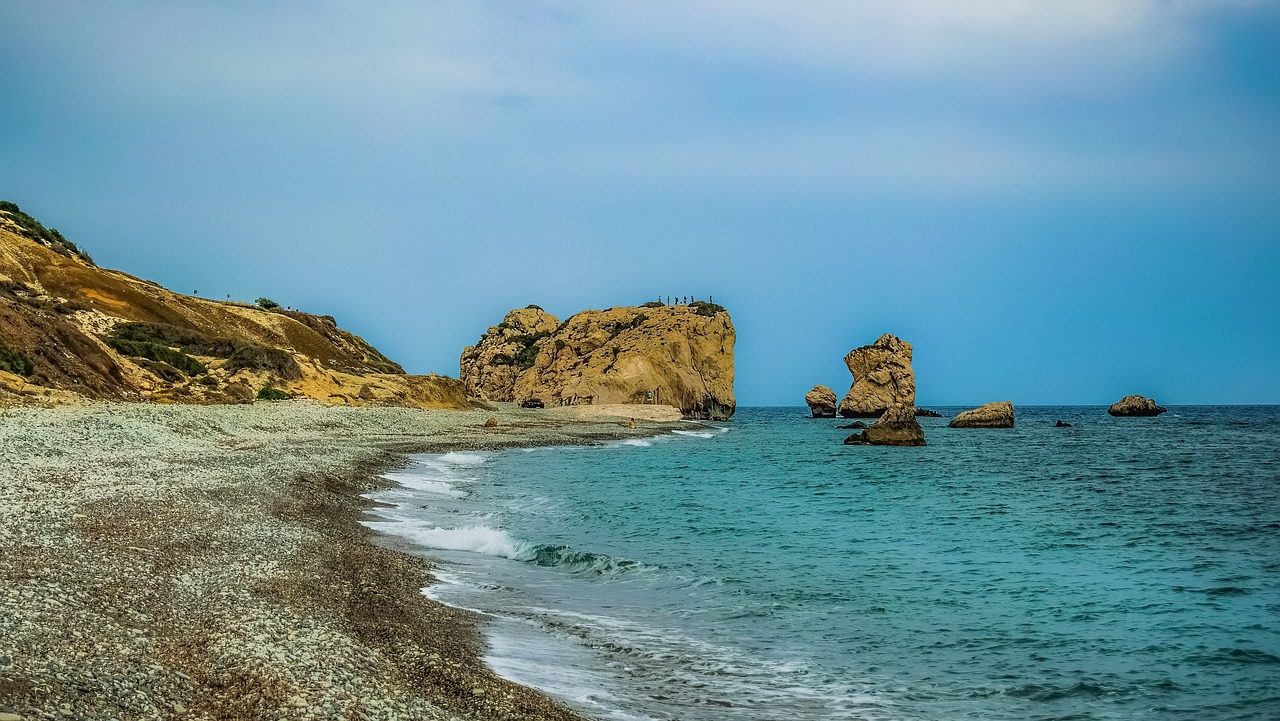Author: Erlang Shen
-
In the realm of Greek mythology, Pegasus stands out as the resplendent winged horse, an immortal creature born from the union of Poseidon and Medusa. Alongside his sibling Chrysaor, who bore a golden sword, Pegasus made his entrance into the world in a spectacular manner, emerging from the severed neck of his mother following Perseus’s…
-
Overview Aengus, known as the Young One, is recognized in Irish mythology as the deity of love and poetry. Renowned for his creativity and cunning nature, he inherited charm and wit from his father, the Dagda, and played a significant role as one of the leading bards among the Tuatha Dé Danann, a revered tribe…
-
Ancient Egyptian religion represents the deep-rooted indigenous beliefs of ancient Egypt, tracing back from predynastic eras (4th millennium BCE) to the eventual eclipse of traditional practices in the early centuries CE. It intertwines historical context with the evolution of society, having profound implications for culture and daily life in the historical phase starting around 3000…
-
Goibniu, a pivotal figure from the Tuatha Dé Danann, stands among the trio of gods embodying craft—known as na trídé dána—alongside fellow deities Credne and Luchta. His most vivid portrayal is found in the epic narrative of Cath Maige Tuired, where he serves as an indefatigable armorer. In this tale, he equips Lug Lámfhota with…
-
Ruins of Mithraic Temples in Turkey Mithraism emerged as a notable cult before the rise of Christianity within the Roman Empire, shrouded in mystery due to a lack of written records, secretive practices within subterranean temples, and its eventual disappearance. In Anatolia, a pivotal region under Roman influence, several remnants tied to this enigmatic belief…
-
When envisioning the ancient Celts, vibrant images of enchanting woodlands and legendary deities may come to mind. At the heart of this illustrious culture is a mesmerizing figure—the Celtic Goddess Sulis. If you have an interest in Celtic spirituality, embracing the nuances of Sulis is essential. She exists both as a mythical being and a…
-
Taranis holds a significant position as a formidable deity within the Celtic pantheon, renowned as the god of thunder, lightning, and storms. Commonly portrayed alongside a wheel, this symbol reflects the celestial nature of storms and likely ties him to themes of the cosmic wheel or the seasons’ cyclical nature. Who is Taranis? Taranis is…
-
The perception of Achilles and Hector throughout history reveals a complex interplay of cultural values and narrative interpretations. The Greeks held both heroes in esteem, yet Achilles, known as the greatest among the Achaeans, garnered more admiration. Hector, a Trojan prince, was often viewed as a foreigner, leading to varying receptions in Roman culture, where…
-
The Roman Empire was characterized by a rich polytheistic tradition, wherein its citizens acknowledged and worshipped numerous deities. Although monotheistic faiths, such as Judaism and early Christianity, existed within the empire, the reverence for multiple gods remained prevalent. The Romans believed these divine beings were instrumental in establishing their civilization and continued to influence the…
-
Aphrodite: The Olympian Goddess of Love and Beauty Aphrodite, the revered Olympian deity, embodies love, beauty, pleasure, and procreation. Often illustrated as an exquisite woman alongside Eros, the winged god of love, her symbols include a dove, an apple, a scallop shell, and a mirror. Classical artworks, such as sculptures and frescoes, typically portray her…

